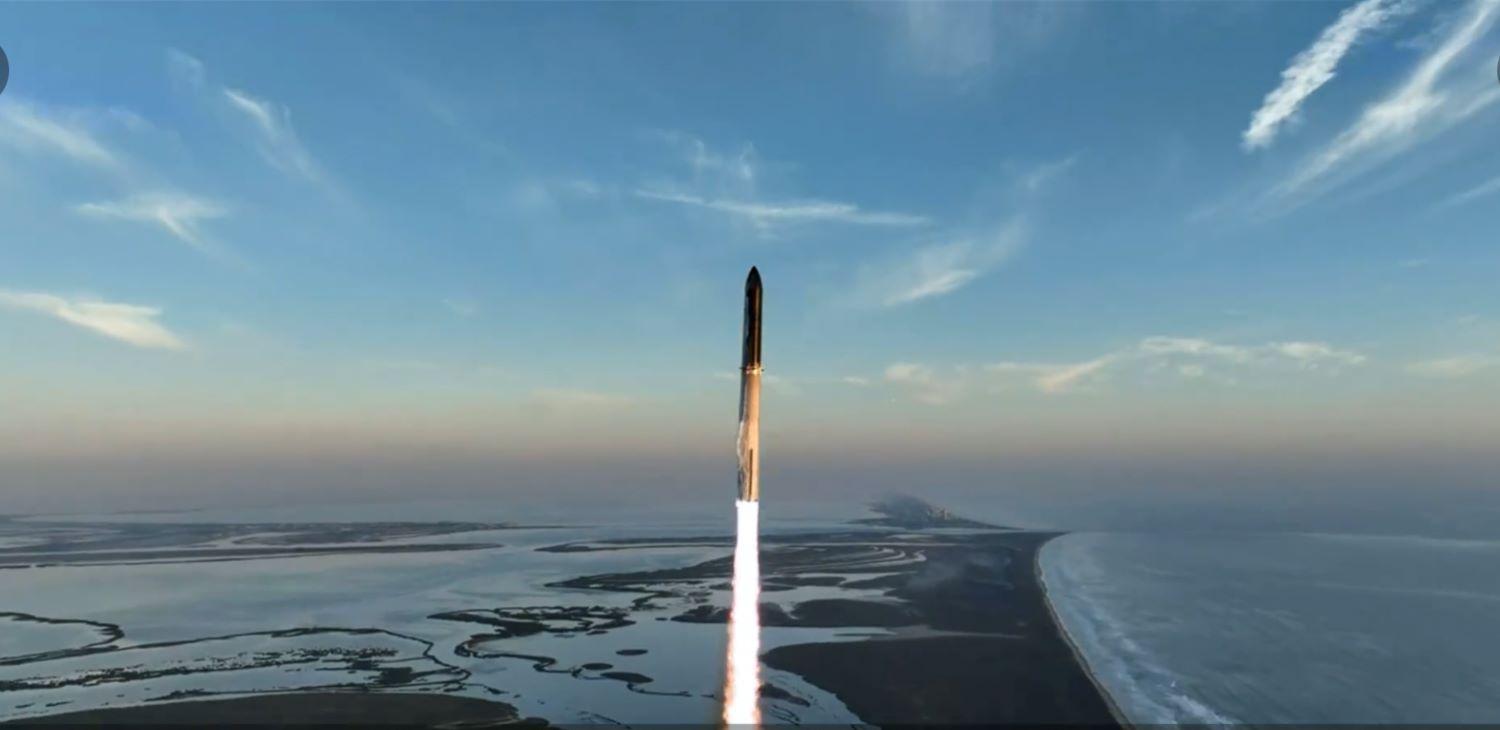Starship Sails Through Hot-Staging Separation Before Vehicles Are Lost

Starship IFT-2
Credit: SpaceX
BOCA CHICA, Texas—A Starship-Super Heavy vehicle lifted off from SpaceX’s privately owned spaceport on the shores of the Gulf of Mexico on Nov. 18, with all 33 of its first-stage Raptor engines burning as it headed into a second integrated flight test (IFT-2) of the most powerful rocket ever built...
Subscription Required
This content requires a subscription to one of the Aviation Week Intelligence Network (AWIN) bundles.
Schedule a demo today to find out how you can access this content and similar content related to your area of the global aviation industry.
Already an AWIN subscriber? Login
Did you know? Aviation Week has won top honors multiple times in the Jesse H. Neal National Business Journalism Awards, the business-to-business media equivalent of the Pulitzer Prizes.
